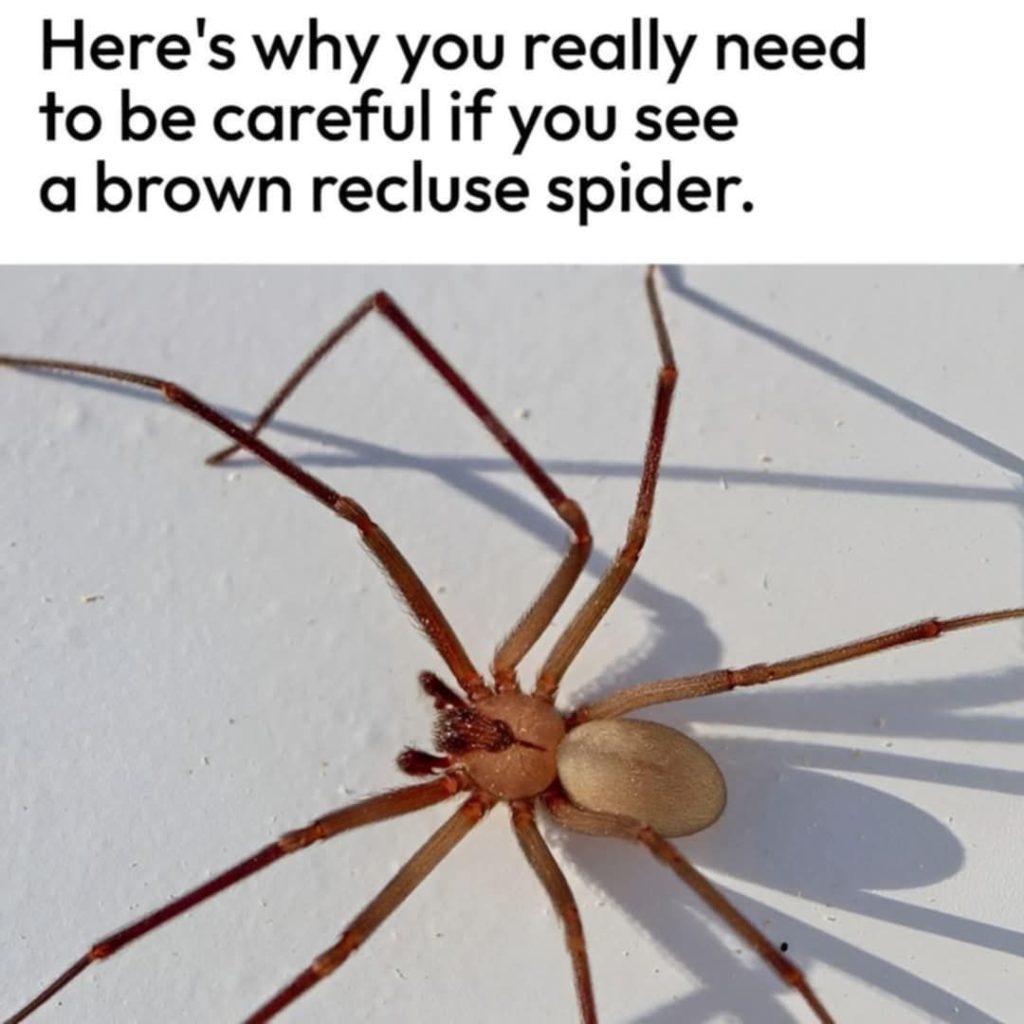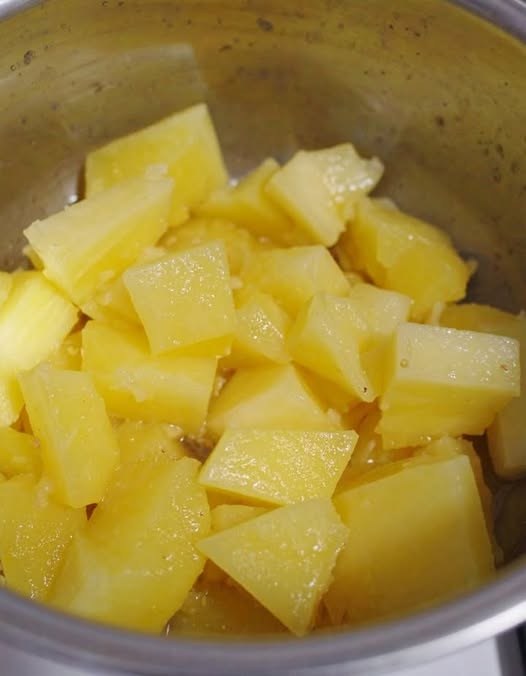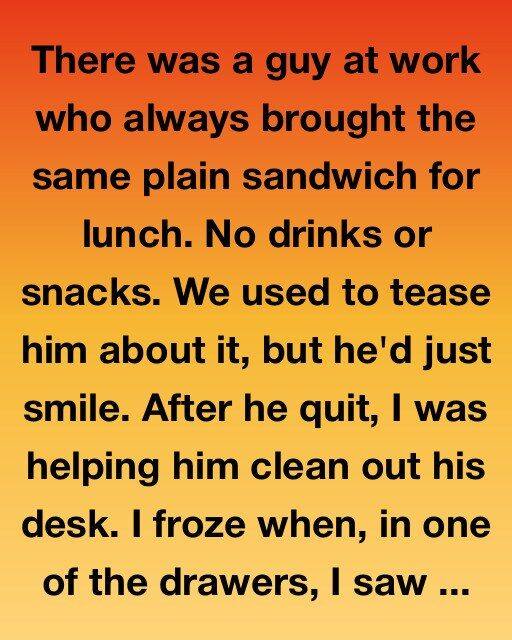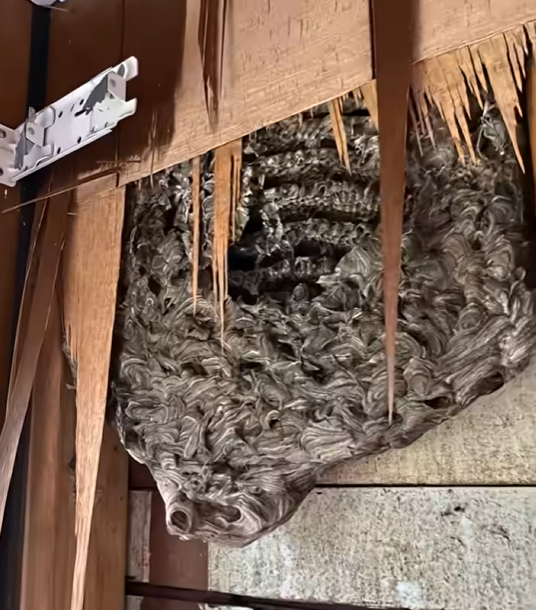
Most spiders you come across in your home are harmless — but the brown recluse spider is one you definitely don’t want to ignore. Small, quiet, and often hiding in dark corners, this spider carries a venom that can cause serious medical complications if you’re bitten.
Here’s everything you need to know about this elusive and potentially dangerous spider — and what to do if you ever find one.
🕸️ What Does a Brown Recluse Spider Look Like?
The brown recluse (Loxosceles reclusa) is usually light to medium brown, with long, slender legs and a distinct violin-shaped marking on its back. That marking has earned it the nickname “fiddleback spider.”
Adults are typically about the size of a quarter, but their thin legs can make them appear larger. Unlike many other spiders, the brown recluse has six eyes arranged in pairs — not eight — which helps distinguish it from other species.
🏠 Where They Hide
Brown recluses are most commonly found in the Midwestern and Southern United States, though they sometimes appear in other regions by accident — for example, through luggage or boxes.
Also Read : The Secret Purpose Behind the Circular Dent on Milk Jugs — Finally Explained
They prefer dark, undisturbed areas, such as:
- Closets and attics
- Basements and crawl spaces
- Behind furniture or picture frames
- Inside shoes, clothing piles, or cardboard boxes
They’re called “recluses” for a reason — they avoid humans and only bite when threatened or trapped against the skin.
⚠️ Why the Bite Is Dangerous
A brown recluse’s venom contains necrotic toxins, which destroy skin tissue around the bite area.
Early symptoms may include:
- Redness and mild pain (often mistaken for a pimple or insect bite)
- Swelling and blistering within a few hours
- Tissue breakdown or an ulcer forming at the site
In severe cases, the venom can lead to deep skin ulcers that take weeks or even months to heal. Rarely, if venom spreads through the bloodstream, it can cause fever, chills, nausea, or systemic illness — particularly in children, the elderly, or those with weakened immune systems.
🏥 What to Do If You’re Bitten
If you think you’ve been bitten by a brown recluse:
- Stay calm – Panic can increase your heart rate and spread venom faster.
- Clean the bite area gently with soap and water.
- Apply ice packs to reduce swelling and pain.
- Seek medical attention immediately – especially if you notice blistering, discoloration, or tissue breakdown.
- Try to capture or photograph the spider (safely) for identification, if possible.
Do not attempt to squeeze or cut the bite area — this can worsen the tissue damage.
🧹 How to Keep Brown Recluses Away
Preventing these spiders from settling in your home is easier than dealing with a bite later. Here’s how:
- Declutter storage spaces, attics, and basements.
- Shake out clothing, shoes, and towels that have been unused for a while.
- Seal cracks and gaps in doors, walls, and windows.
- Use sticky traps in areas where spiders are likely to wander.
- Keep bedding away from walls and don’t leave clothes on the floor overnight.
If you suspect a heavy infestation, it’s best to contact a pest control professional who can safely remove them.
🕷️ A Tiny Spider with a Serious Reputation
While brown recluse spiders rarely seek out humans, their bites can have lasting consequences if ignored. Awareness is key — knowing how to identify them, where they hide, and what to do if bitten could prevent serious harm.
So next time you reach into a dark corner or slip your foot into a forgotten shoe, take a quick look first. You might just save yourself a very painful surprise.
In short: The brown recluse may be small and shy, but it’s a spider that demands respect. A moment of caution today could save you weeks — or even months — of recovery later.



